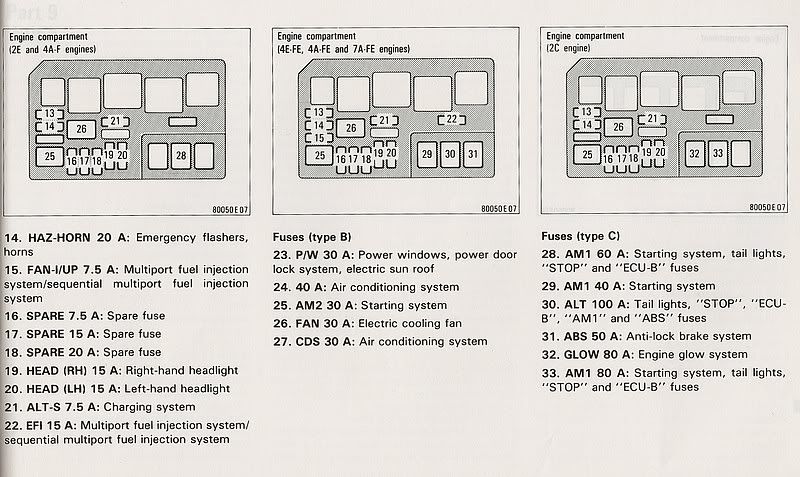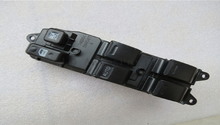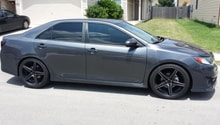Toyota Camry 1997-2011: Why is My ABS Light On?
The ABS system is comprised of several components that work together to assist your vehicle in stopping. If the ABS light turns on, something is wrong with the system. Use the following instructions to get your ABS system back to normal operation.
This article applies to the Toyota Camry (1997-2001).
ABS stands for Anti-lock Braking System. It utilizes a special function, which reads how a tire is spinning when coming to a complete stop. When it hops or skids, the car electronically mimics the pumping motion of someone repeatedly pressing their brake pedal in order to catch more traction. However, it does this at a pace of more than 100 times per second. So it's no wonder ABS has become the industry standard, even on the most basic of cars. Unfortunately, if your ABS light is on, then you may be experiencing a problem with one or more of the components on the ABS system. These problems can range from issues with the sensors to the module itself. Read on to learn how to diagnose the issue.

Materials Needed
- Code reader
- Camry repair manual
Step 1 – Check for codes
You may have a faulty sensor.
The only way to really know what is causing the ABS system to act up is to check its module for any codes. The module acts just like the PCM; it stores any codes relating to the ABS system on its console. You can read the code by connecting a diagnostic scanner to the module.
- Connect the diagnostic scanner to the ABS module.
- Read the codes, and replace the necessary components.

Step 2 – Check the basics
It may have been a fluke.
Sometimes we get lucky: we win the lottery, find a quarter on the floor, or have an ABS light turns off by itself. So take the time and turn the vehicle on and off. Take it a step further and disconnect the battery to reset the ABS module. If the ABS light does stay off, congratulate yourself and move on with your day. However, note that the ABS did come on for a reason, and there may be an issue, such as a loose connection somewhere on the vehicle. If the light still remains on, open the hood, locate your fuse box and check your fuse. Even if the fuse looks healthy, use a multimeter to prong it and check the connectivity. If it's live, let it be. If not, replace the fuse.

Step 3 – Check the sensor assemblies
The sensors may be damaged.
With the basics out of the way, you can now get into the meat of the system. There is a sensor located on each wheel along with a tone-wheel assembly. You are going to need to jack the car up, secure it on jack-stands, and inspect each wheel individually. Before you can do any of this, you'll need to have a shop manual in hand in order to have all the required clearances readily available.
- Perform a visual inspection. Look at the wheel sensors and check for damaged wiring.
- Grab your multimeter and check the electrical resistance levels of each wheel sensor–they should be between 600-1800 ohms.
- Inspect the tone-wheel, which is the device used to keep track of a wheel's speed (mechanically). If it's missing any teeth, you've found your problem.
(Related Article: How to Jack Up Your Car- Camryfoums.com)

Step 4 – Replace the module
The ABS module could be damaged.
If you can't find a problem throughout the rest of the ABS system, then it is most likely the module itself. However, it is recommended you look for a second opinion, as ABS modules are generally expensive to replace.

Related Discussion
- ABS Light On - Camryforums.com






